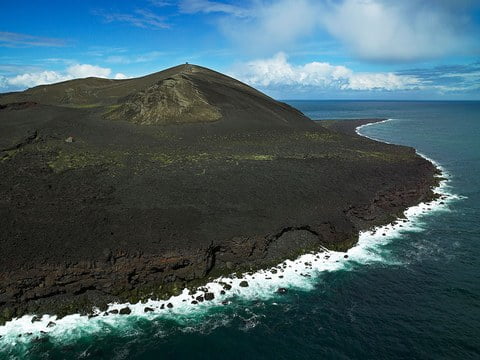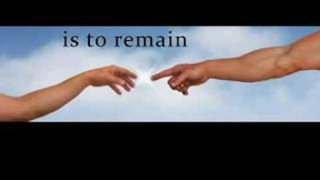The volcanic island of Surtsey appeared from the ocean in 1967. Quickly after, it was declared off limits for anyone but few selected scientists. Rather than letting tourists invade the virgin isle, scientists wanted to keep it free from human interference so they could monitor the colonization process of a new land.
The rocky island is located 20 miles south of Iceland, and has since revealed many natural secrets. UNESCKO declared it a World Heritage Site. What is so special about the island? Let’s talk about it.
Eruption and formation
The eruption of volcanos was unexpected, and many believe it began some days before it became apparent at the surface. Eruptions began under the surface, and then continued. According to data, the sea floor at the eruption site is 430 feet below sea level. Gradually, as flows built up a mound of material that approached sea level, the explosions could no longer be contained.
![]()
The first noticeable eruption and indication of volcanic activity was recorded at the seismic station from November 6 to November 8 1963. The station detected weak tremors. People in the coastal town of Vik, which is 50 miles away from the island, noticed a smell of hydrogen sulphide. The government of Iceland sent a fishing vessel on November 13 to search for anything, equipped with sensitive thermometers.
The continuing eruptions built the island by early 1964 to a size that the sea water could no longer easily reach the vents. The volcanic activity became much less explosive. Main form of activity at that point was lava fountains and flows. The result was a hard cap of extremely erosion-resistant rock being laid down on top of much of the loose volcanic pile.
Eruption of the isle effectively lasted for 3 and a half years, ending in June 1967.
What makes the island special?
The best way to describe the tiny volcanic island is “the ultimate natural laboratory”. There is no way to visit it. Only careful, and highly trained scientists can ever set foot on the island. From the very beginning, scientists recognized that the Surtsey Island offers a unique opportunity. They could observe the infancy of a new volcanic island, and notice what would be the first life to arrive, and how would it get there. How would the rock change? Trips to the island are timed perfectly so that scientists avoid disturbing the animals that have taken residence.
The idea is to produce a long-term information on the colonization process of new land by plant and animal life. The only way anyone can see the island closely is from a small plane.
Life started on the island in the spring of 1965, as the first vascular plant was found growing on the northern shore. Mosses became visible in 1967, and lichens were found in 1970. Plant colonization has been closely observed. Mosses and lichens cover the biggest part of the island. The vascular plants on the island are of far greater significance, as they help better understand vegetation.
[youtube=a0ZnlfDkErM]
During the first 20 years of the island, 20 species of plants were observed, but only 10 became established in the nutrient-poor sandy soil. As birds began nesting, soil conditions improved, and more vascular plants were able to survive. The first bush was found on the island in 1998. By 2008, there were 69 species of plants, 30 of which became established.
For birds, Surtsey became a home, but also a stopping-off point for migrating birds, especially those traveling from Europe to Iceland and vice versa. By 2008, there were 14 bird species discovered on the island.
Soon after the formation of the island, seals were found around the Iceland, and soon began basking there. By 1983, seals were breeding on the island.
Insects were also established on the island, and they provided food for some birds.





















